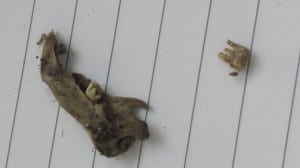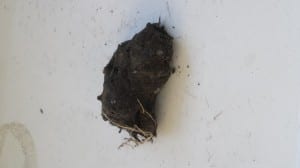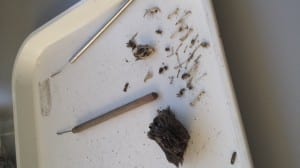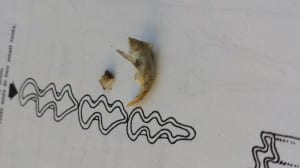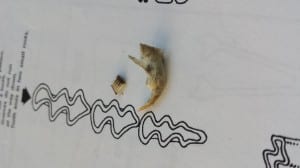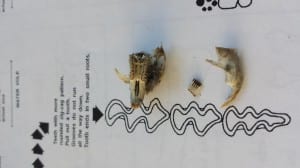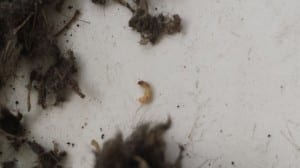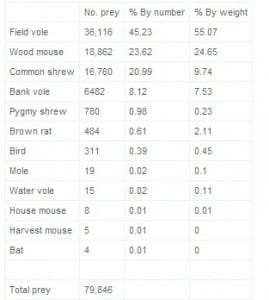Prey Items and Diet Variation
Barn Owls swallow prey whole and are incapable of digesting much bone, which is why the contents of their pellets can prove very revealing. They tend to prey on small mammals such as voles, mice and shrews, with Field Voles being the most nutritionally important prey item in mainland Britain. Shrew are not as nutritious in terms of weight.
The amount of prey consumed must be especially high before breeding and throughout the nesting period, when prey items consumed for a pair of owls increases from around ten to forty per day. The breeding biology of the Barn Owl is largely adapted to the vole’s availability. The population of the vole peaks around Autumn, which is when inexperienced young owls are first hunting. By comparison, the Wood Mouse population tends to peak early-winter, while shrew numbers peak mid-summer.
In the Spring shrews become more vocal and male voles become more active, while rats often move to farm buildings in late-Autumn. These changes are typically reflected by changes in the Barn Owl’s diet, as they make these prey items easier to find.
The number of mice taken over the summer may fall as they have more cover to hide in. Moles only tend to be taken between May and August, during which time they are closer to the surface. Starlings and House Sparrows feature more commonly in the Barn Owl’s diet during Winter.
Barn Owls do not appear to select voles, mice and shrews of any particular age or sex.
Pellets
Pellet length can provide an indication of the amount of live prey taken (Although Michael Toms has found a more reliable way to determine this -Look this up? Is it relevant to my investigation?) . Immature owls may digest bones more thoroughly than adults.
Pellets can provide the following information:
- Age (amount of tooth wear or jawbone length)
- Structure
- Sex (From shape of pelvic bone)
- Can also reveal previously unknown species in an are
This bears no relevance to my investigation as I will not personally be collecting the pellets I will be using, but I found the following warning amusing:
Barn Owls seem very active in their bombing, usually selecting an escape path overhead and…
